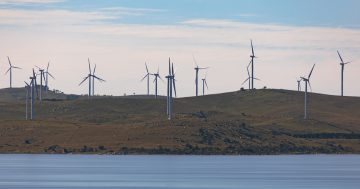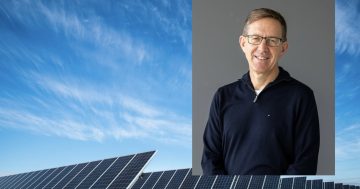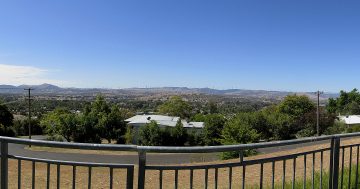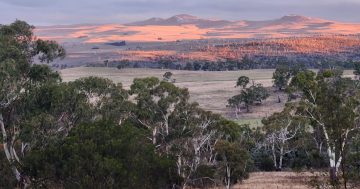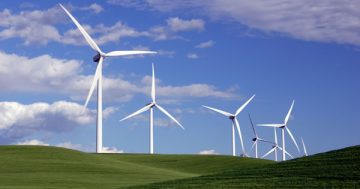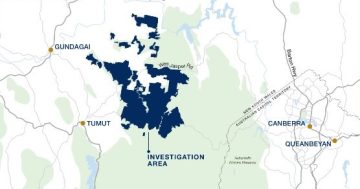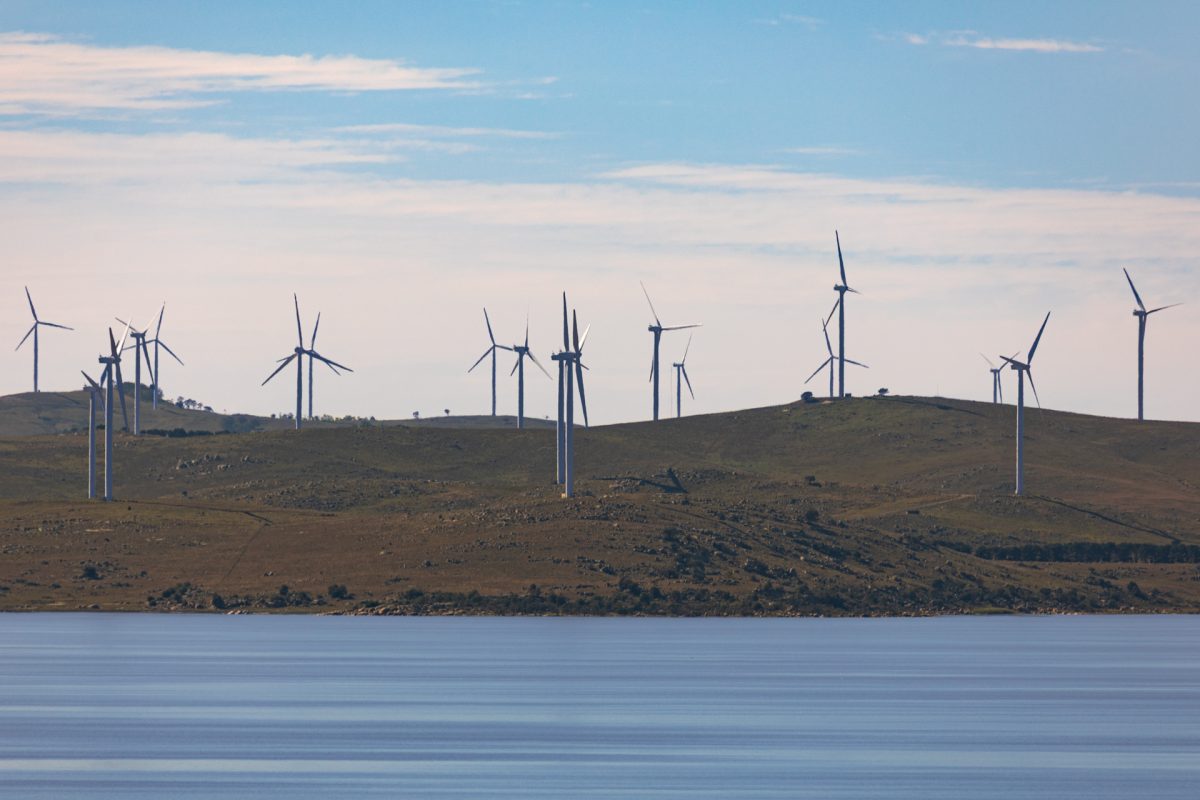
Claims around wind turbines and fires have been circulating online in recent days. Photo: Michelle Kroll.
Firefighters have pushed back on claims wind turbines represent a unique fire risk.
At a recent meeting, Yass Valley Council received a submission from a former NSW RFS group captain.
In his submission, the retired firefighter warned that the clustering of renewable energy projects (including turbines) was a concern in firefighting and argued planes couldn’t fly between the turbines.
It stated that the “location, size and cluster design” of wind farms in the Yass Valley, and the region’s bushfire risk, represented a concern for authorities.
Meanwhile, similar claims have been aired by Sky News and The Daily Telegraph in recent days.
The news outlets were discussing a pilot “engaged” by the NSW RFS, who said wind turbine projects in Yass Valley could make firefighting efforts more difficult.
Both said the pilot had asked not to be named, and neither gave further information about their level of firefighting experience.
What do firefighters say?
The NSW RFS told Region it responded to blazes near wind farms in the “same way” as bushfires burning in other areas.
“When firefighters arrive at any incident, they undertake a dynamic risk assessment and develop an appropriate strategy, considering all natural and manmade factors,” a spokesperson said.
“Wind turbines and associated renewable energy infrastructure are included in that assessment, just as any other hazard would be if it were near the fireground.”
The spokesperson also said the RFS could provide advice to companies as they planned wind farm projects, giving advice on things such as water supply, access routes and asset protection zones to limit fire spread.
“People living near such infrastructure should be assured that the RFS makes every effort to fight bush and grass fires in those areas, just as we do for any other location.”
Australian Firefighters Climate Alliance (AFCA) spokesperson Cam Walker also pushed back on the claims.
He said authorities considered wind turbine fire risks to be low.
“There is no data that we have [to] suggest areas with wind farms have more frequent or intense fires after turbines are installed.”
He said that as firefighters were continually updating their skills and technologies they used, there was no reason why they’d be unable to handle wind farm fires.
“Renewable power facilities do not pose a significant threat of increased fire risk.
“The AFCA is concerned that misinformation about renewables is rife, and that bad faith actors are amplifying misinformation in order to slow the energy transition.”
Mr Walker pointed to the Australasian Fire and Emergency Service Authorities Council’s (AFAC) Wind Farms and Bushfire Operations document, which doesn’t view wind farms as a major ignition risk nor having an adverse impact on fire behaviour.
“Local wind speeds and direction are already highly variable across landscapes affected by turbulence from ridge lines, tall trees and buildings,” it states.
“Any potential for wake turbulence from wind turbines influencing fire behaviour is expected to be controlled through the shutting down of wind turbines in a bushfire event.
“Sufficient planning for access roads and fuel modified buffer zones will reduce the risk of wind farm ignitions spreading beyond the property and reduce the risk of external fire impacting wind farm infrastructure.”
The document states that aerial firefighting can be affected in poor weather conditions, though this isn’t an issue in clear conditions.
It also notes that turbines aren’t expected to start a fire if they’re struck by lightning, because they have in-built protection mechanisms.
What does the local council say?
Yass Valley Mayor Jasmin Jones told Region the council saw the safety of residents as its priority.
She urged her state and federal counterparts to consider fears about the increased size and number of renewable energy projects in southeast NSW.
“Our concern as a council is that there needs to be greater oversight of the cumulative impact … We’re calling for an immediate halt to further renewables development in our region to allow for the critical protection during bushfires of our citizens.”
Ms Jones said her region was “at saturation point” with six state significant wind or solar projects constructed or approved, as well as others in the planning stages.







